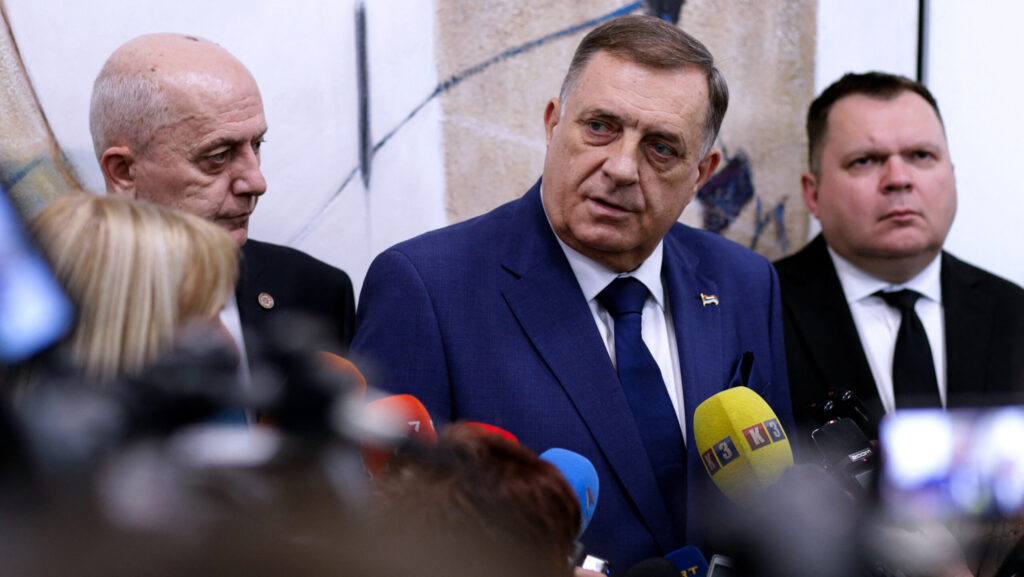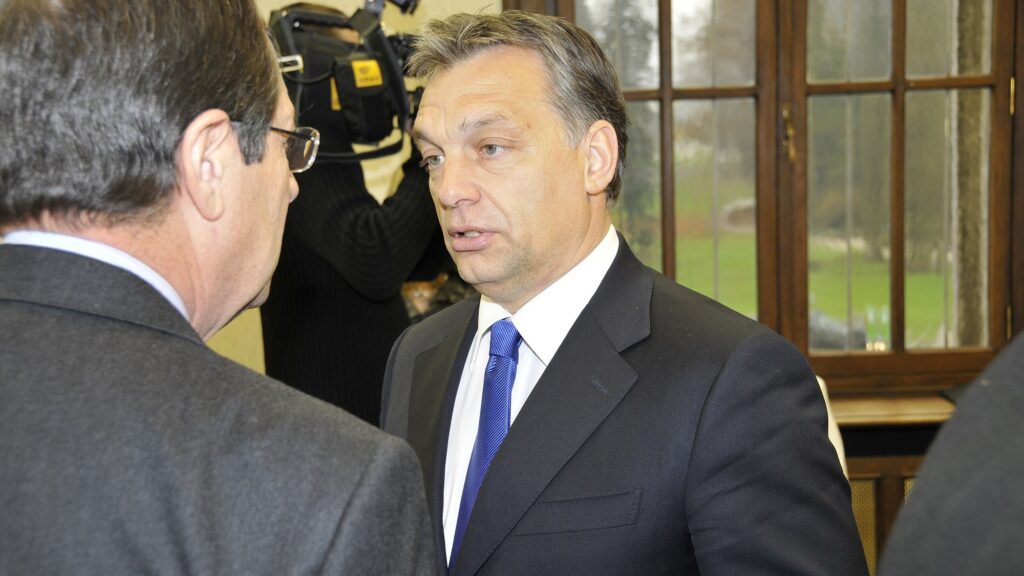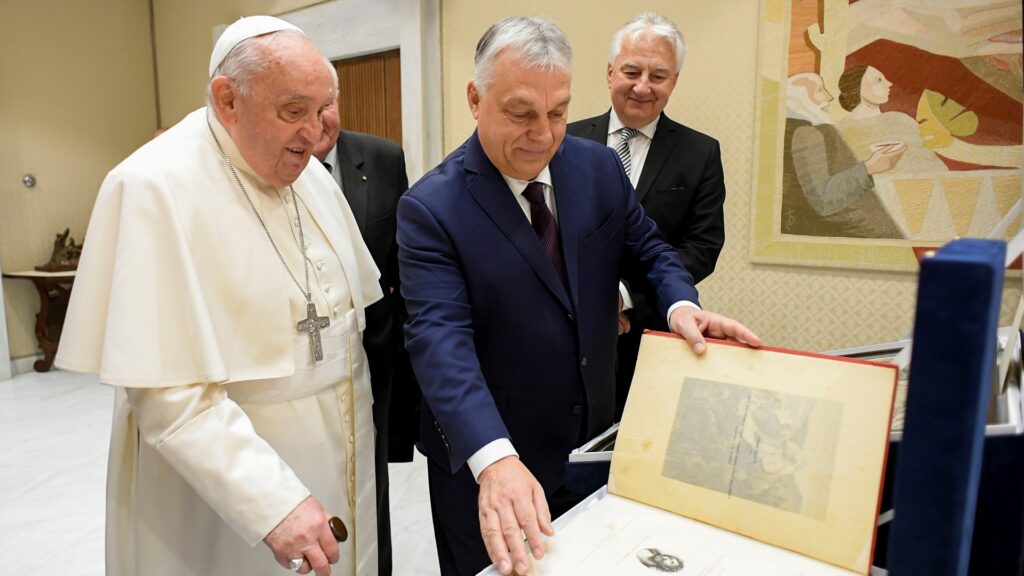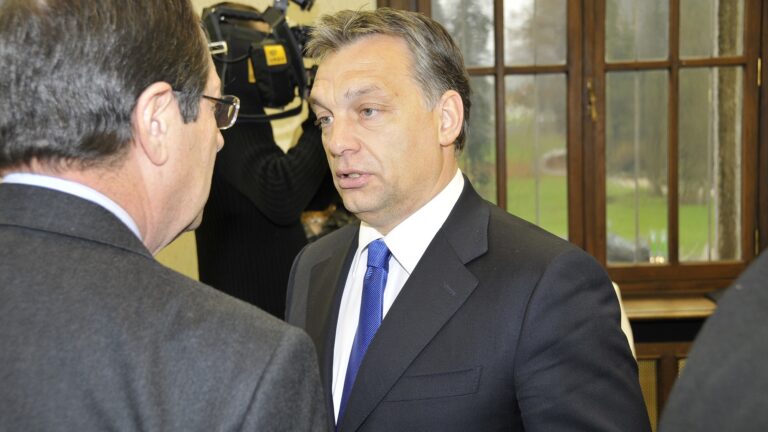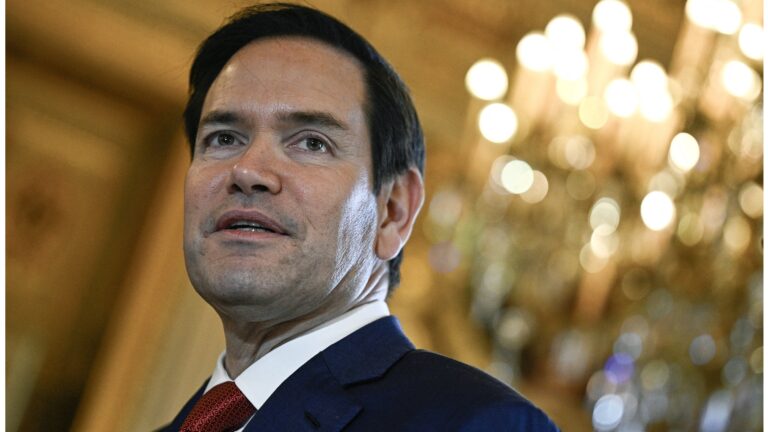During the state-socialist period in Hungary, the media was under the total control of the one-party regime. There were prohibited topics and narratives, like discussing the 1956 Revolution or critiquing the establishment and its ties to the Soviet Union. However, from the late 1980s on, gradually as the system crumbled, media became freer and diverging political viewpoints became accessible to the general public. One of the symbolic events of the liberalization of television was broadcasting the reburial of Imre Nagy (Prime Minister of Hungary in 1956, who was executed after the defeat of the revolution). Earlier, talking and streaming such an event in the public media would have been impossible, as it would have violated the regime-imposed taboos. Soon, however, media liberalized, and the public media became the main source of information about public affairs.
As the development of private, commercial broadcast media started only from the late 1990s, one of the greatest political disputes of the early 1990s was the so-called ‘media war’ (médiaháború) about who got access to screening time in public media, that is, in the most powerful source of information of the time. In the prelude to the ‘media war’ the two main parties of the decade (Hungarian Democratic Forum / MDF on the right and Alliance of Free Democrats / SZDSZ on the centre-left) agreed on who should be the two main leading figures of Hungarian Televison and Hungarian Radio (Elemér Hankiss and Csaba Gombár). When the agreement was made both parties mistakenly believed that these appointments are only transitional, until a proper media legislation is crafted; however, despite all expectations, the media legislation was accepted only in 1995[1]. Soon, the governing party, MDF learnt to oppose the leaders of public broadcast services, as they believed that they systematically disadvantage the political right.
The fear that right-wing voices are being systematically repressed after the transition fed on the earlier experience during state-socialism when such opinions were truly silenced
MDF was convinced that the public media opposes their mandate, and by extension, the regime change as well. According to MDF’s narrative, the media preferred SZDSZ, who lost the elections, so the media did everything in its power to challenge the government’s position. The fear that right-wing voices are being systematically repressed after the transition fed on the earlier experience during state-socialism when such opinions were truly silenced. While the left inherited much of the connections, media establishment and wealth of the former regime, the right-wing could only have underground organisation until the transition started, so it was forced to build everything from scratch in the 1990s. The opposition, on the other hand, believed that MDF wants to undermine the hard-earned independence of the public media by launching the media war.
The media war started when during the inauguration ceremony of the first democratically elected government (MDF), the public media decided not to broadcast the prime minister’s speech but football – needless to say, the freshly elected government was not thrilled by the lack of coverage.[2] A little bit later in the run up to the local elections, the public media denied broadcasting the statement of Prime Minister József Antall (MDF) and proposed that the speech can be aired only if President Árpád Göncz (SZDSZ) also made a statement, which he declined. Triggered by the public media’s perceived hostility towards MDF, the governing party tried to remove Elemér Hankiss, giving a new leadership to the television; however, this request was denied by the President. Having no other means to express its disappointment, the governing party organized demonstrations against the public media. Eventually, as the government repeatedly failed to remove the unwanted leaders of public service broadcasters, it decided to start building its own media. Beyond the aim of connecting Hungarian ethnic minorities living in neighbouring countries with the motherland, the ‘media war’ was one of other reasons why the Duna Channel (Duna Televízió) was established.
The most iconic scandal of the media war was the report about the President of Hungary, Árpád Göncz being booed out by the crowd. The media recorded a young man with an Árpád flag and a Nazi hat in a crowd – suggesting that Nazis sabotaged the President’s speech. The footage was especially powerful in light of the fact, that this was the first time on public media (since the transition) that such symbols appeared on television. However, soon an investigation found that it was not skinheads but pensioners (whose pension raise was denied) who booed out the president – the public media was accused of falsifying news for the first time since Hungary democratized. [3] Finally, due to these scandals both the leader of the Hungarian Television and Hungarian Radia were forced to resign in early 1993. The government overtook the media, fired some journalist, and fill up positions.[4] Despite being able to use the public media to campaign in the 1994 elections, MDF lost the vote. The Hungarian Socialist Party (MSZP), successors of the former communist party, became the governing party, and in turn they had a chance to lay off people and reformulate the role of the public media.
Finally, the ‘war’ was ended not by a political agreement which granted equal access to both sides of the political spectrum to the public media, but by the establishment of commercial media, which was free of political machinations. The fundamental question of the media war whether the public broadcast media should be critical or supportive of the government, still holds relevant questions for today.[5] Another relevant point is the conservatives and right-wingers’ worry about not having their institutions embedded well enough in the Hungarian regime because of the past’s dictatorship which used to systematically disadvantage and repress the right-wing democratic opposition. Conservatives during the state-socialist period faced the transition with much less resources and formal institutions then their left-wing rivals. So, the feeling of having to build and consolidate conservative institutions is entrenched in the minds of Hungarian conservatives, who grew up in the transition – this is why understanding the transition and state-socialism is so crucial to comprehend the roots of today’s political events in Hungary. As quoted in Rod Dreher’s article in TheAmerican Conservative[6]: ‘The Nazi occupation killed off wealthy Jews who were establishment conservatives, and forty years of Communism did the same with the old aristocracy and industrialists. Orban has made sure that we now have a class of wealthy conservative donors to continue his work.’ According to this interpretation, the present regime tries to consolidate those conservative institutions which were denied of the Hungarian public during the state-socialist period.
The fundamental question of the media war whether the public broadcast media should be critical or supportive of the government, still holds relevant questions for today
[1] Rita M. Csapo-Sweet, Ildiko Kaposi, ‘Mass Media in Post-Communist Hungary’, International Communications Bulletin, 34/1-2, (1999), https://userpages.umbc.edu/~hasegawa/aejmc-icd/spring99/mediainhungary.html, accessed 11. 04. 2022.
[2] ’Háborúban született, a hatalom szolgálatába állt’, 444.hu, (2020), https://www.youtube.com/watch?v=Y4E44k7LRck, accessed 11.04.2022.
[3] ’Médiaháború’, Magyar Katolikus Lexikon, http://lexikon.katolikus.hu/M/m%C3%A9diah%C3%A1bor%C3%BA.html, accessed 11.04.2022.
[4] András Lánczi, Patrick H. O’Neil, ‘Pluralization and the politics of media change in Hungary’, The Journal of Communist Studies and Transition Politics, 12:4, (1996), 95.
[5] Péter Bajomi-Lázár, ‘Press Freedom in Hungary, 1988–1998’, (OSI-IPF Draft Working Papers), (1999), 48.
[6] Rod Dreher, ‘Orban: A Hungarian For Hungarians’, The American Conservative, (2022), https://www.theamericanconservative.com/dreher/viktor-orban-hungarian-for-hungarians/, accessed 11.04.2022.


